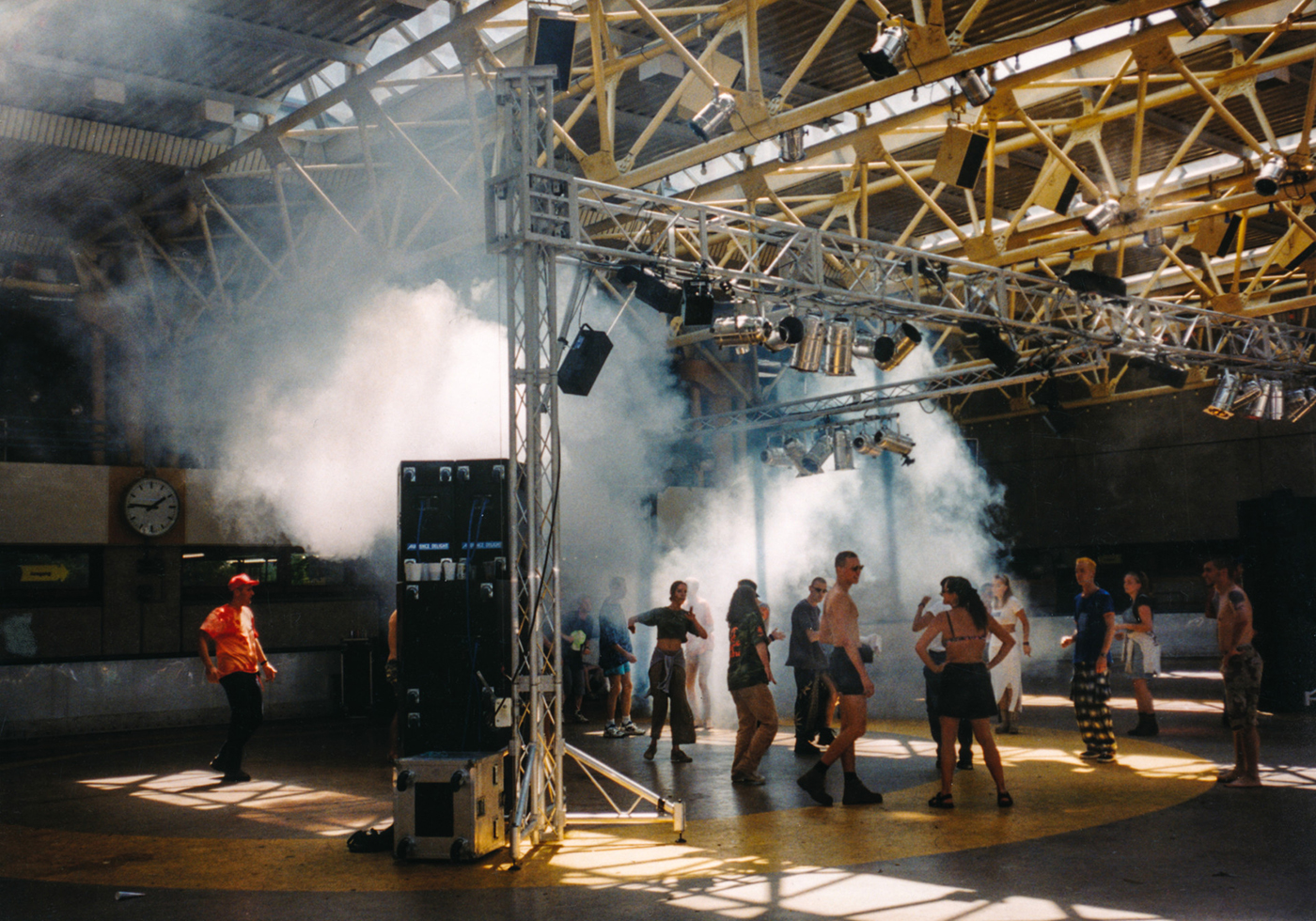For extended consideration of how techno was whitewashed and heterosexualized in nineties Berlin, see Alexander Ghedi Weheliye, “‘White Brothers With No Soul’ – Un Tuning the Historiography of Berlin Techno,” CTM Berlin – Festival for Adventurous Music and Art →.
The idea of BlackFem rather than Black woman or even Black femme results from desiring an alternative to other, limiting gendered and sexuated categories. As such BlackFem is capacious enough to include a wide variety of femininities that traverse gender, sex, and sexuality. For an instructive elaboration of BlackFem, see Chelsea M. Frazier, “Thinking Red, Wounds, and Fungi in Wangechi Mutu’s EcoArt,” in Ecologies, Agents, Terrains, ed Christopher P. Heuer and Rebecca Zorach (Yale University Press, 2018).
Anu Shukla, “‘An Erasure of Black Voices and Whitewashing:’ Unpacking the Ethics Around White Producers Sampling Black Music,” Resident Advisor, July 8, 2022 →.
DJ Pierre’s mixes were usually between seven and ten minutes long, but in some cases, such as Joint Venture’s “Master Blaster (Turn It Up)” (1992), they clock in at fifteen minutes.
Terry Matthew, “DJ Pierre Describes Wild Pitch – And Some Straight Talk About Acid House,” 5 Magazine, May 4 2013 →.
DJ Pierre, Strictly Rhythm, 1994.
See Édouard Glissant, Poetics of Relation, trans. Betsy Wing (University of Michigan Press, 1997).
See Renee Jarreau, “Black Women Helped Build House Music. Their Credit Is Often Left Off Records,” ZORA, July 10, 2020 →; and Krystal Rodriguez, “Ghost Voices: The Women of House Music,” TIDAL Magazine, March 18, 2019 →. In a particularly egregious example of deeply racialized and gendered vocal theft, Austrian DJ Bobo sold millions of records across Europe in the nineties featuring the voice of singer Lori Glori, without crediting or properly remunerating her. See 321HAU, “Deutsches Museum für Schwarze Unterhaltung und Black Music: Black Voices – White Producers. Gespräch mit Lori Glori & Sarah Farina,” YouTube video, 2020 →.
